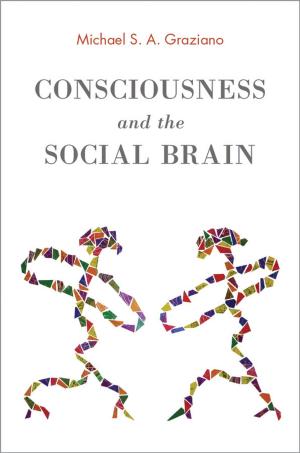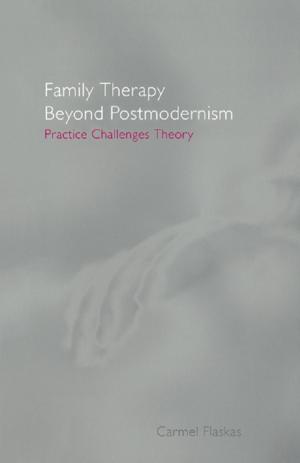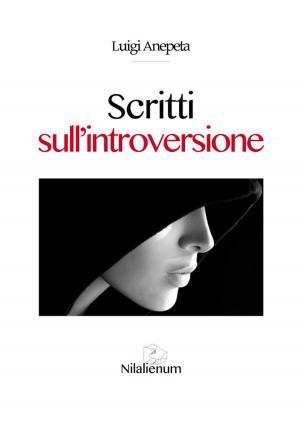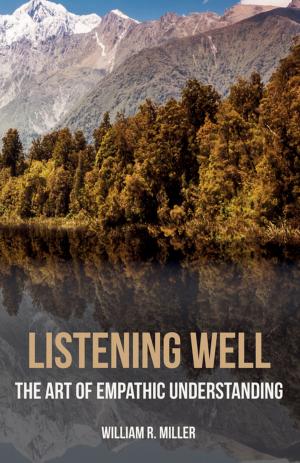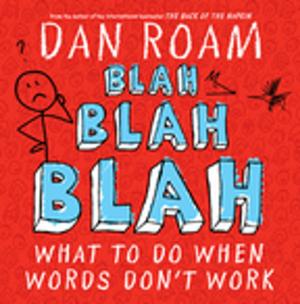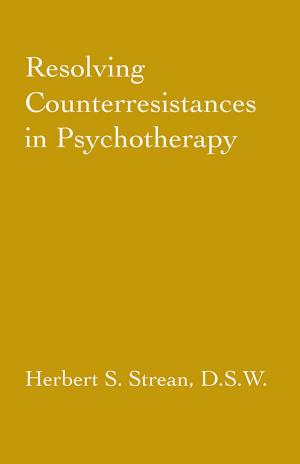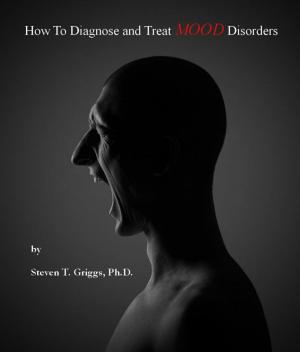| Author: | Patricia Damery | ISBN: | 9780991309832 |
| Publisher: | Leaping Goat Press | Publication: | July 15, 2014 |
| Imprint: | Language: | English |
| Author: | Patricia Damery |
| ISBN: | 9780991309832 |
| Publisher: | Leaping Goat Press |
| Publication: | July 15, 2014 |
| Imprint: | |
| Language: | English |
This transformational story weaves three strands: Damery’s ordeal in becoming a Jungian analyst, a concurrent farming crisis that necessitated a very different approach to farming (Biodynamic), and the yearly agricultural cycle on her ranch in the Napa Valley. As the book begins Damery, a candidate to become a Jungian analyst, has been productively in Jungian analysis for many years. Nevertheless, she is increasingly drawn to spiritually-based teachers and healers, her familiar psychological view of life challenged by a series of strange experiences. She feels compelled to develop spiritual perspectives and tools to understand them. One of the author’s first teachers in the non-ordinary world view is Don, an analyst who also studied with a Navaho medicine man. On a ten-day trip to the Southwest with Don and other analyst candidates, she experiences disincarnate forces and beings. Her sense of reality expands. She joins a group studying the overlap of shamanism and analytical psychology, and continues to have experiences that demand another kind of attention. To make sense of it all, the author consults with her personal analyst and then with a spiritual teacher/psychic. Her analyst sees everything in personal and psychological terms, while her consultant Don has the shaman’s sense of a larger reality. Even he, however, is only human, as she learns when his wisdom fails her in the face of a shocking event. During a sweat lodge ceremony, the author sees a skeleton sitting next to a man who is murdered the following day. She grapples with a sense of responsibility for not telling anyone of her vision; Don, in pain himself over this loss, is unable to help her. He also fails to support her when she confronts a “higher up” in the Jungian community about his behavior toward a student in the study group. The author realizes that as important as her analyst and Don have been, she needs a spiritual teacher to guide her. Conventional matters become ever more troublesome. Her crisis culminates when, after a long drive through a rainstorm, she fails a crucial step of the certification process. The construction of the foundation of their new home is also halted by the massive rains. A tornado touches down on the property, doing little physical damage but disrupting the energy of the ranch on various levels. Does this mean another path is demanding her attention, one not embraced by such institutions? Within months Don dies of a sudden heart attack. Finally Damery consults the spiritual teacher Norma T. for a nine month intensive, unconventional training. Meanwhile, seasons on the ranch come and go. When a vineyard on a second property shows signs of distress, the winemaker threatens to refuse the fruit as it appears to be failing to ripen. The author and her husband adopt an unusual approach to solving the problem. Through the ministrations of yet another spiritual adept, this one very much grounded in the earth, the crop is saved and the author is initiated into the ways Rudolph Steiner’s Biodynamics. A new era of farming begins, one based on spiritual stewardship of the land. A new worker arrives, Natalio, who tends the plants and the ranch, bringing Mexican folk wisdom and lore. Other crises are afoot, however. The author and her husband accept an offer on the second ranch upon which the original grapes were not ripening and a grape contract dispute ensues. The timing of this difficulty corresponds with the author’s second appearance before the certifying board. Using her new skill of balancing the worlds of matter and spirit, she navigates these challenges successfully. During the same week she is officially certified, a settlement is reached with the winemaker. The author’s insight and intuition develop and integrate as another year on the ranch begins. The land and all the beings who inhabit it are thriving.
This transformational story weaves three strands: Damery’s ordeal in becoming a Jungian analyst, a concurrent farming crisis that necessitated a very different approach to farming (Biodynamic), and the yearly agricultural cycle on her ranch in the Napa Valley. As the book begins Damery, a candidate to become a Jungian analyst, has been productively in Jungian analysis for many years. Nevertheless, she is increasingly drawn to spiritually-based teachers and healers, her familiar psychological view of life challenged by a series of strange experiences. She feels compelled to develop spiritual perspectives and tools to understand them. One of the author’s first teachers in the non-ordinary world view is Don, an analyst who also studied with a Navaho medicine man. On a ten-day trip to the Southwest with Don and other analyst candidates, she experiences disincarnate forces and beings. Her sense of reality expands. She joins a group studying the overlap of shamanism and analytical psychology, and continues to have experiences that demand another kind of attention. To make sense of it all, the author consults with her personal analyst and then with a spiritual teacher/psychic. Her analyst sees everything in personal and psychological terms, while her consultant Don has the shaman’s sense of a larger reality. Even he, however, is only human, as she learns when his wisdom fails her in the face of a shocking event. During a sweat lodge ceremony, the author sees a skeleton sitting next to a man who is murdered the following day. She grapples with a sense of responsibility for not telling anyone of her vision; Don, in pain himself over this loss, is unable to help her. He also fails to support her when she confronts a “higher up” in the Jungian community about his behavior toward a student in the study group. The author realizes that as important as her analyst and Don have been, she needs a spiritual teacher to guide her. Conventional matters become ever more troublesome. Her crisis culminates when, after a long drive through a rainstorm, she fails a crucial step of the certification process. The construction of the foundation of their new home is also halted by the massive rains. A tornado touches down on the property, doing little physical damage but disrupting the energy of the ranch on various levels. Does this mean another path is demanding her attention, one not embraced by such institutions? Within months Don dies of a sudden heart attack. Finally Damery consults the spiritual teacher Norma T. for a nine month intensive, unconventional training. Meanwhile, seasons on the ranch come and go. When a vineyard on a second property shows signs of distress, the winemaker threatens to refuse the fruit as it appears to be failing to ripen. The author and her husband adopt an unusual approach to solving the problem. Through the ministrations of yet another spiritual adept, this one very much grounded in the earth, the crop is saved and the author is initiated into the ways Rudolph Steiner’s Biodynamics. A new era of farming begins, one based on spiritual stewardship of the land. A new worker arrives, Natalio, who tends the plants and the ranch, bringing Mexican folk wisdom and lore. Other crises are afoot, however. The author and her husband accept an offer on the second ranch upon which the original grapes were not ripening and a grape contract dispute ensues. The timing of this difficulty corresponds with the author’s second appearance before the certifying board. Using her new skill of balancing the worlds of matter and spirit, she navigates these challenges successfully. During the same week she is officially certified, a settlement is reached with the winemaker. The author’s insight and intuition develop and integrate as another year on the ranch begins. The land and all the beings who inhabit it are thriving.

